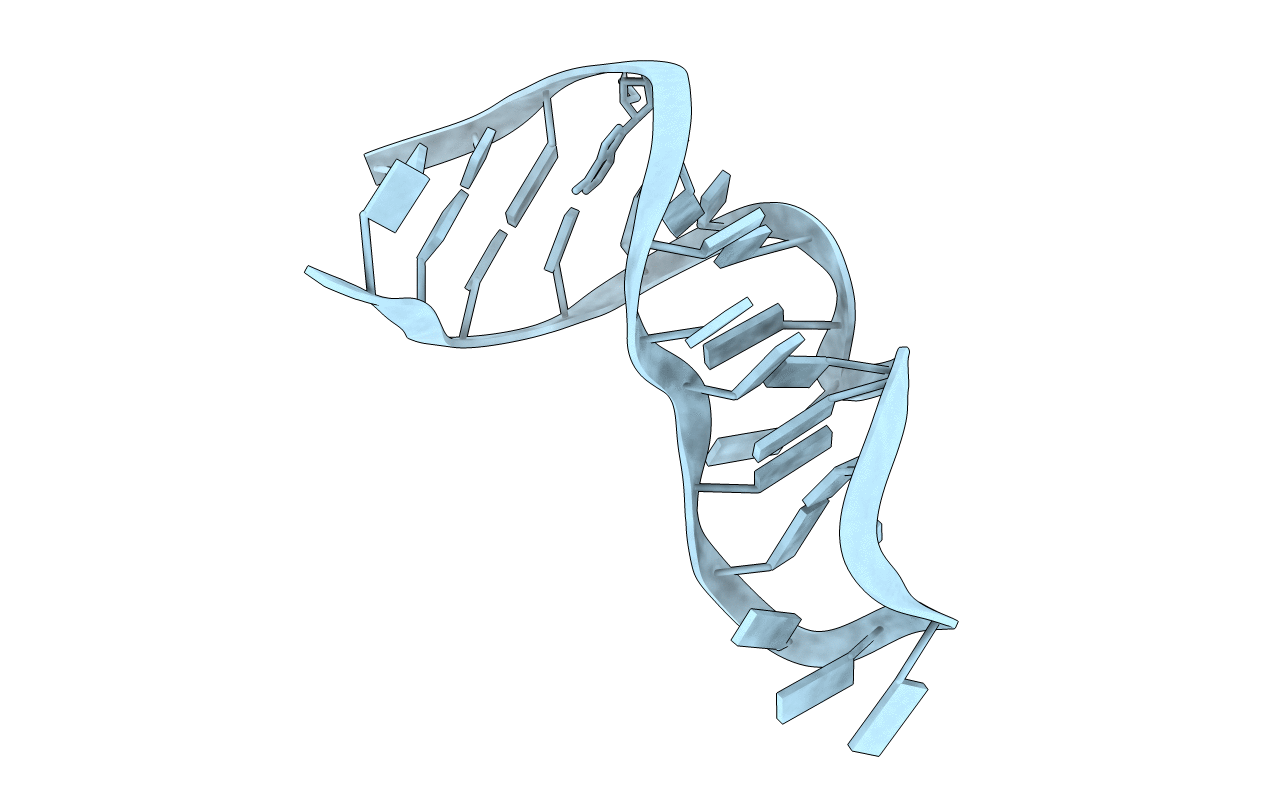
Deposition Date
2011-05-31
Release Date
2012-04-11
Last Version Date
2023-09-13
Method Details:
Experimental Method:
Resolution:
1.20 Å
R-Value Free:
0.17
R-Value Work:
0.14
R-Value Observed:
0.14
Space Group:
P 43


